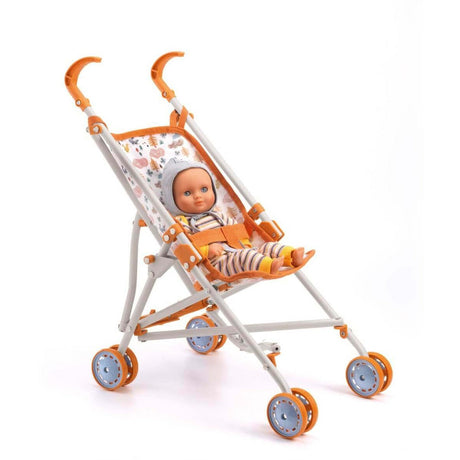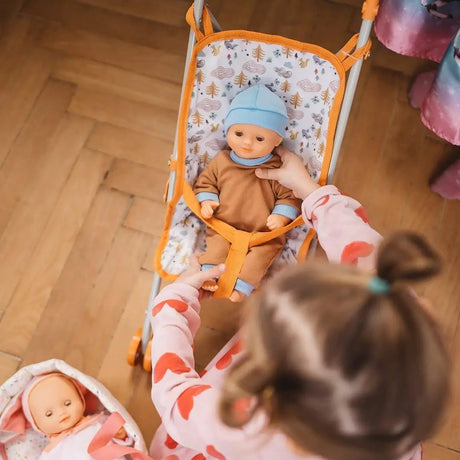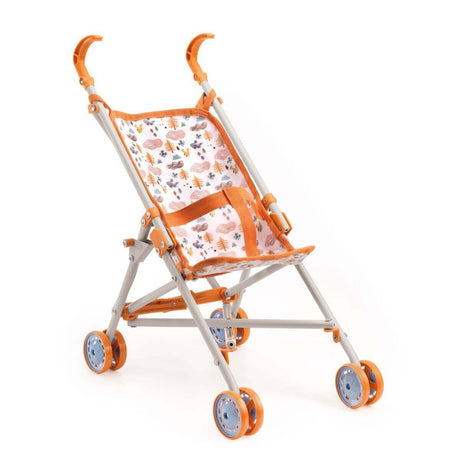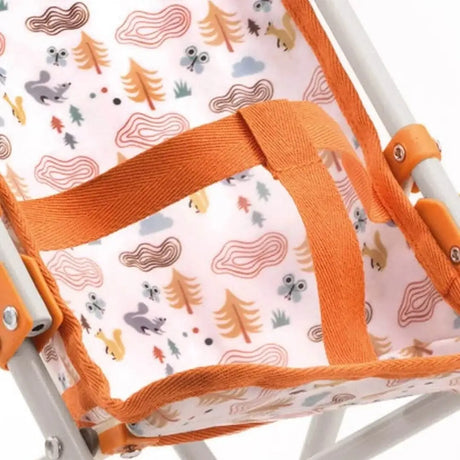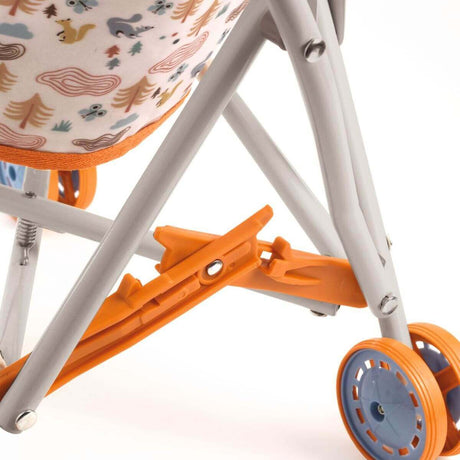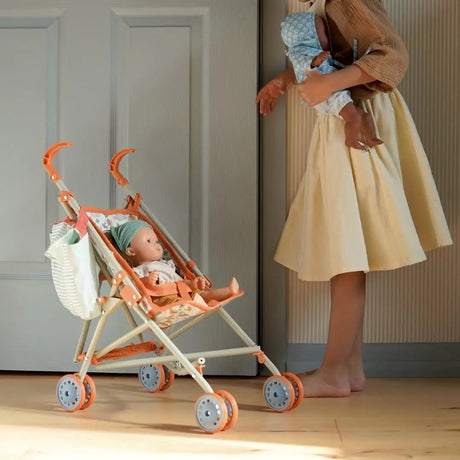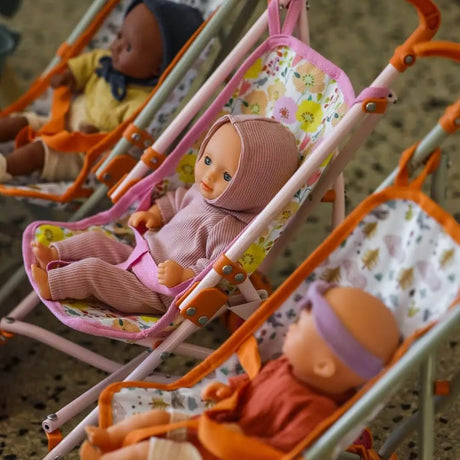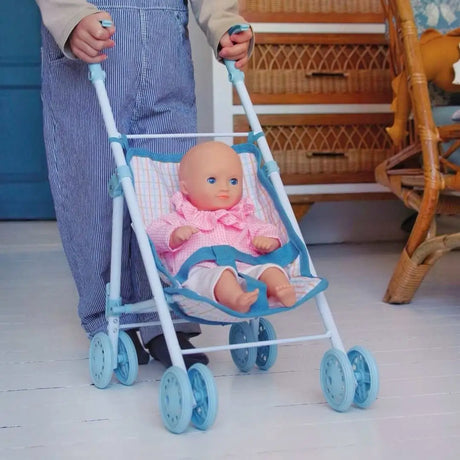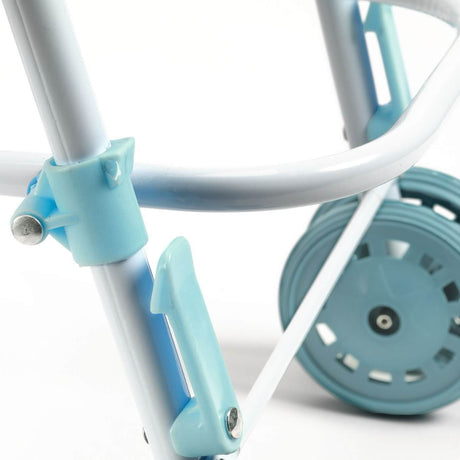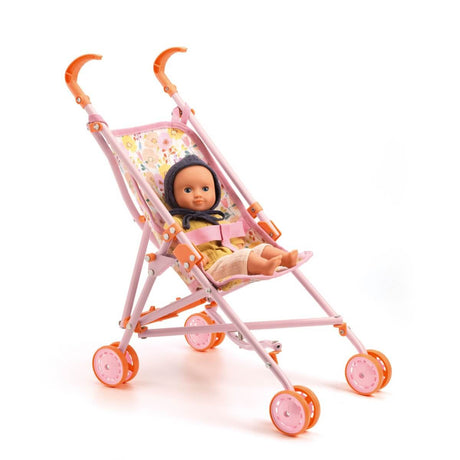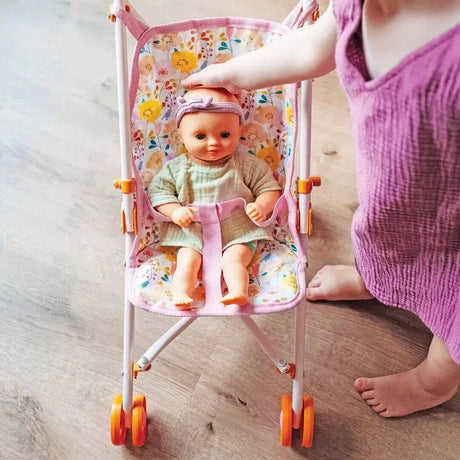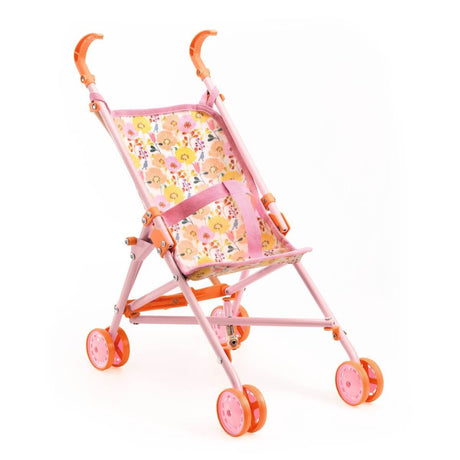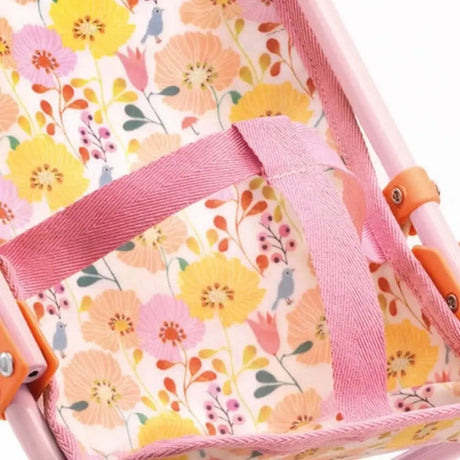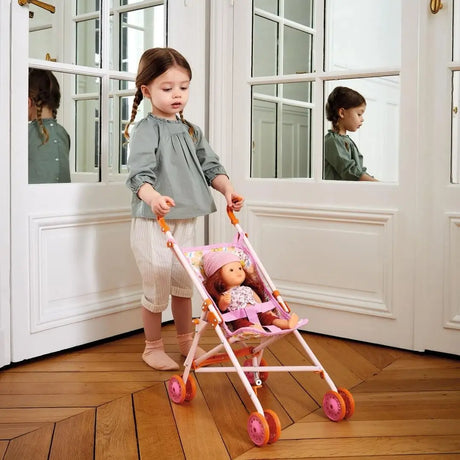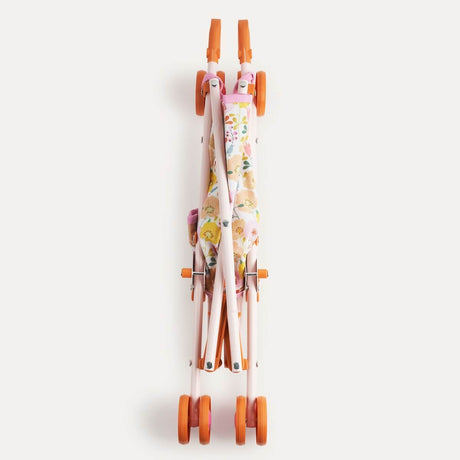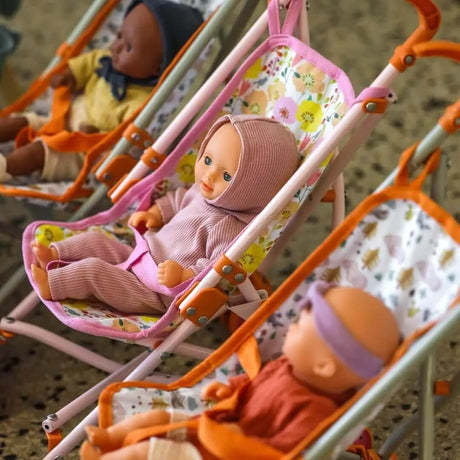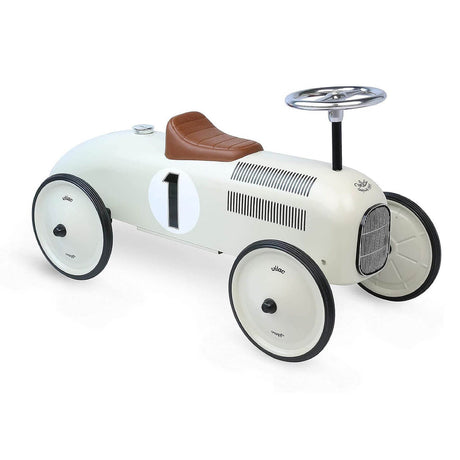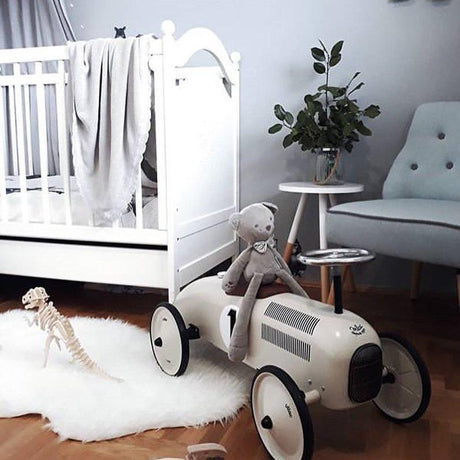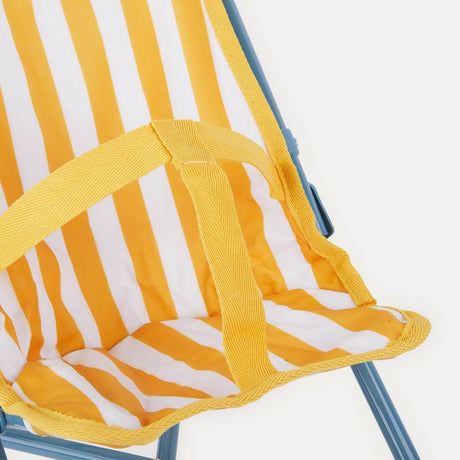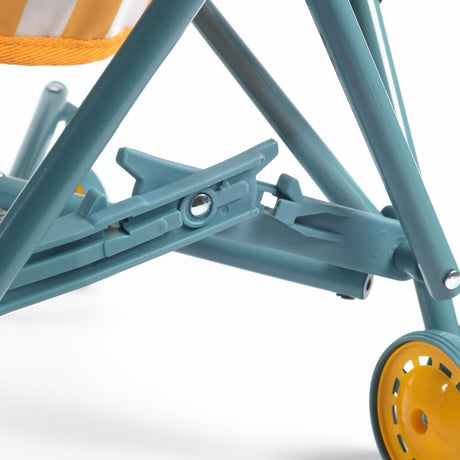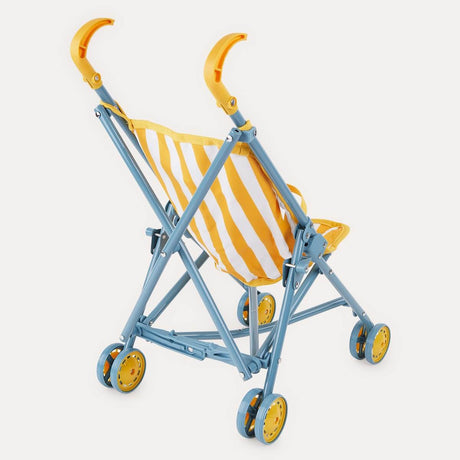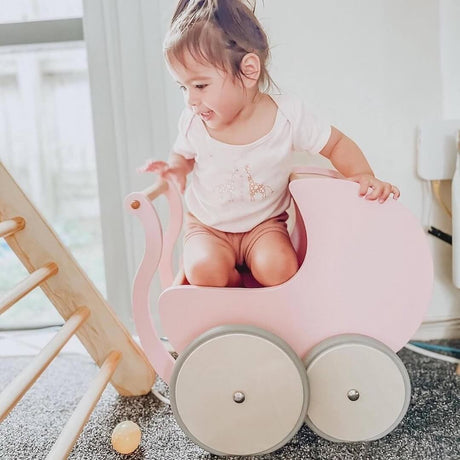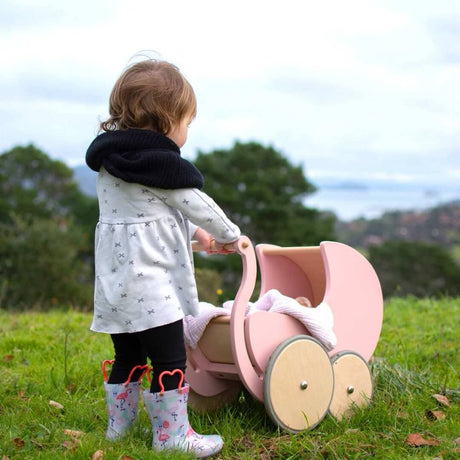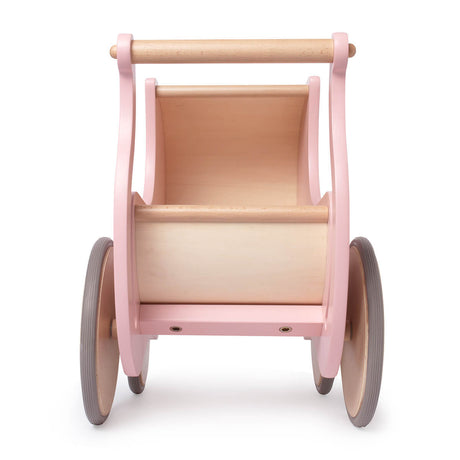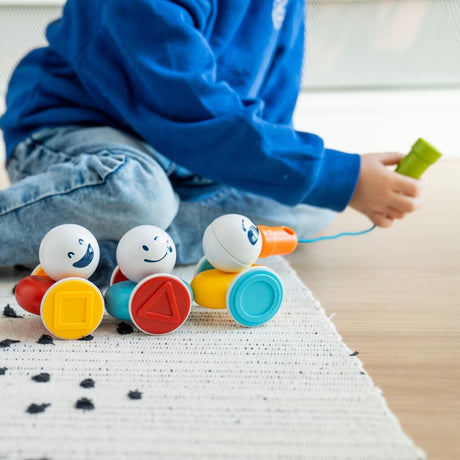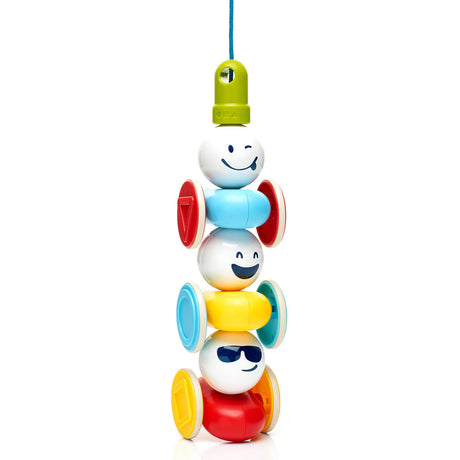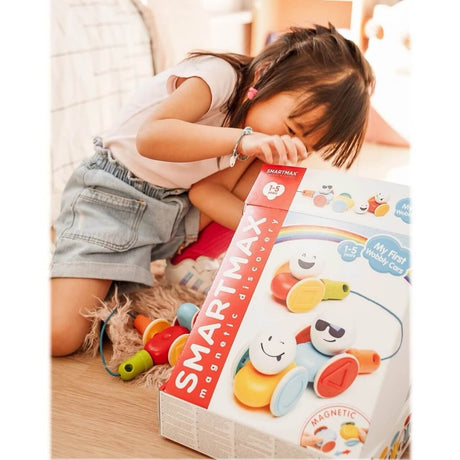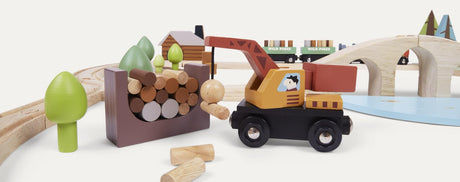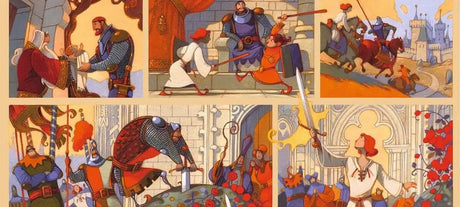Pull toys may seem a little old-fashioned, but they actually support many aspects of your child's development: problem solving, whole-body coordination, and fine motor skills.
Toddlers learn to push before they learn to pull. Before giving him a pull toy, give him the opportunity to play push. Give him a stroller, a shopping cart, or even a large cardboard box that he can slide across the floor.
Between 15 and 18 months, your child may start pulling toys behind him while walking. In addition to physical growth and ongoing learning, it is a sign of cognitive development.
Your toddler learns that the easiest way to reach an out-of-reach object attached to a string is to pull on the string. For example, if he wants to cuddle his puppy, he can pull on the string of the toy to approach it instead of moving his body to grab it.
This may seem simple, but it's actually very important for your child's brain: it's a first lesson in cause and effect.
Once he's walking and steady on his feet, your child may be ready to challenge his coordination by adding a pull toy.
Puppy pulling uses many different muscles:
- The hand muscles to grip the string;
- The arm muscles to pull it;
- Legs and torso to keep balance;
- The eyes must work at the same time as the rest of the body, which allows fine motor skills to be combined with gross motor skills.

Your child also has to manage in the environment: what happens when the string gets caught on something? What happens when the pull toy falls on its side, or when it doesn't fit under something (a chair, for example) and your child suddenly drags all the furniture in the room behind him?
The seemingly simple task of pulling an object on the end of a string carries lessons in resilience, problem solving and independence.
Pull toys can be an early way to build a child's confidence, as well as their understanding of what they can control.
Pulling a rolling object on a string shows him that he decides where the toy goes, not someone else!


